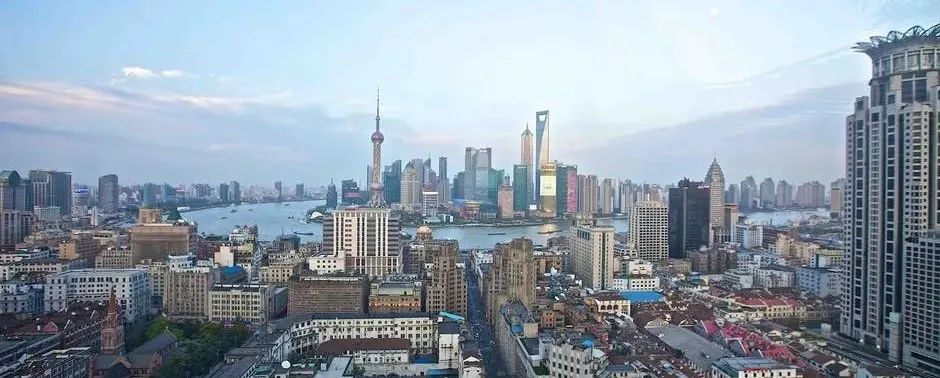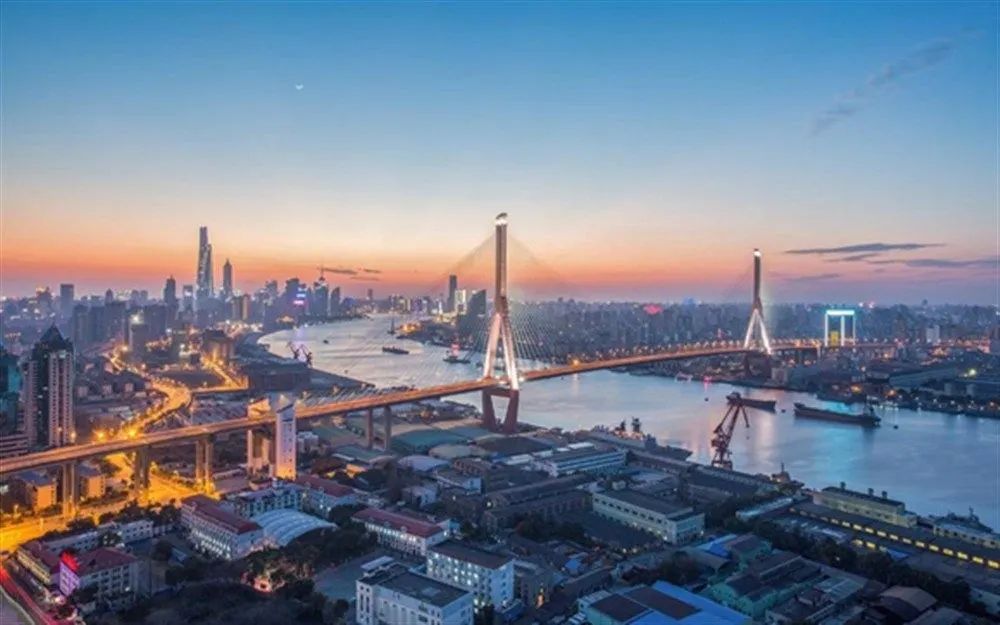
According to China’s Provisions on Minimum Wage, the legal minimum wage refers to the minimum labor remunerations that shall be paid by the employers to the employees under the precondition that the employee has provided normal labor within the promissory working hours or within the working hours that is prescribed in the labor contracts.The minimum wage standards are determined by provincial governments by taking into consideration factors, such as the minimum living costs of local employees and their dependents, the urban residents’ consumption price index, the social insurance premiums and the housing funds paid by the employees themselves, the average salary of the employees, the level of local economic development, the local employment status, etc. In general, the minimum wage standards appear in two forms, namely the monthly minimum wage standard and the hourly minimum wage standard. The monthly minimum wage standard applies to full-time employees while the hourly minimum wage standard applies to non-fulltime employees, such as part-time and temporary employees.To be noted, the minimum wage is just the basic wage that employers must pay their employees, which excludes overtime pay, night shift allowance, summer high temperature allowance, the special working environment allowance, and subsidies for meals, transportation, and housing.Nevertheless, China’s minimum wage standards do include the social insurance premiums and housing fund contributions paid by employees in most regions.
In general, the minimum wage standards appear in two forms, namely the monthly minimum wage standard and the hourly minimum wage standard. The monthly minimum wage standard applies to full-time employees while the hourly minimum wage standard applies to non-fulltime employees, such as part-time and temporary employees.To be noted, the minimum wage is just the basic wage that employers must pay their employees, which excludes overtime pay, night shift allowance, summer high temperature allowance, the special working environment allowance, and subsidies for meals, transportation, and housing.Nevertheless, China’s minimum wage standards do include the social insurance premiums and housing fund contributions paid by employees in most regions.In fact, it is possible that the employee’s take-home pay is lower than the corresponding minimum wage standard in these regions. Only a few regions, such as Shanghai, clearly stipulate in their local rules that their local minimum wage standards exclude social insurance premiums and housing fund contributions.
 Starting in 2022, Shenzhen and Henan raised their minimum wage standards from January 1, while Chongqing, Hunan, Sichuan, and Fujian raised their minimum wage standards from April 1. Meanwhile, Hebei province has announced that it plans to adjust its minimum wage standards in 2022 after completing an ongoing process of evaluation and calculation.Since 2021, more than 20 provinces in China have raised their minimum wage standard, including Anhui, Beijing, Guangdong, Hainan, Heilongjiang, Hubei, Jiangsu, Jiangxi, Jilin, Liaoning, Ningxia, Shaanxi, Shandong, Shanghai, Shanxi, Tianjin, Tibet, Xinjiang, and Zhejiang.
Starting in 2022, Shenzhen and Henan raised their minimum wage standards from January 1, while Chongqing, Hunan, Sichuan, and Fujian raised their minimum wage standards from April 1. Meanwhile, Hebei province has announced that it plans to adjust its minimum wage standards in 2022 after completing an ongoing process of evaluation and calculation.Since 2021, more than 20 provinces in China have raised their minimum wage standard, including Anhui, Beijing, Guangdong, Hainan, Heilongjiang, Hubei, Jiangsu, Jiangxi, Jilin, Liaoning, Ningxia, Shaanxi, Shandong, Shanghai, Shanxi, Tianjin, Tibet, Xinjiang, and Zhejiang.That said, amid increasingly stringent economic headwinds caused by the COVID-19 pandemic and the challenging international environment, Beijing has confirmed that it won’t increase its minimum wage standard in 2022 and Yunnan has decided to defer its minimum wage standard adjustment.

Currently, Shanghai has the highest monthly minimum wage among 31 provinces (RMB 2,590/US$400 per month) and Beijing has the highest hourly minimum wage (RMB 25.3/US$3.9 per hour).Eight regions – Shanghai, Guangdong, Beijing, Tianjin, Jiangsu, Shandong, Hubei, and Zhejiang – have surpassed the RMB 2,000 (US$308) mark in their monthly minimum wage standards.2022 Shanghai Social Insurance Contribution Base IncreasedShanghai’s social insurance contribution base were announced by the Shanghai Municipal Human Resources and Social Security Bureau on July 5, 2022.The monthly average salary of public employees for the year 2021 is 11,396 yuan. From July 1, 2022, the upper limit of the social insurance contribution base has been adjusted to 34,188 yuan.
The lower limit should be 60% of previous year’s monthly average salary of public employees.
Taking into account the impact of COVID-19 on economic and social development and to reduce the burdens on enterprises, the lower limit will be 60% of the arithmetic average of 2020 and 2021 monthly average salary.
From July 1, 2022, the lower limit of the social insurance contribution base is adjusted to 6,520 yuan.


 Starting in 2022, Shenzhen and Henan raised their minimum wage standards from January 1, while Chongqing, Hunan, Sichuan, and Fujian raised their minimum wage standards from April 1. Meanwhile, Hebei province has announced that it plans to adjust its minimum wage standards in 2022 after completing an ongoing process of evaluation and calculation.Since 2021, more than 20 provinces in China have raised their minimum wage standard, including Anhui, Beijing, Guangdong, Hainan, Heilongjiang, Hubei, Jiangsu, Jiangxi, Jilin, Liaoning, Ningxia, Shaanxi, Shandong, Shanghai, Shanxi, Tianjin, Tibet, Xinjiang, and Zhejiang.
Starting in 2022, Shenzhen and Henan raised their minimum wage standards from January 1, while Chongqing, Hunan, Sichuan, and Fujian raised their minimum wage standards from April 1. Meanwhile, Hebei province has announced that it plans to adjust its minimum wage standards in 2022 after completing an ongoing process of evaluation and calculation.Since 2021, more than 20 provinces in China have raised their minimum wage standard, including Anhui, Beijing, Guangdong, Hainan, Heilongjiang, Hubei, Jiangsu, Jiangxi, Jilin, Liaoning, Ningxia, Shaanxi, Shandong, Shanghai, Shanxi, Tianjin, Tibet, Xinjiang, and Zhejiang.
